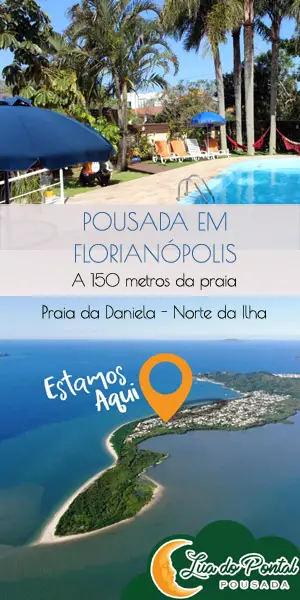Pântano do Sul Beach - Florianópolis Beach
Região: south of the island
Subdivision: south swamp
Nearby beaches: Lagoinha do Leste Beach (0,5 km north + median trail 2,4 km) | Azores beach (along the beach 1,6 km south)
Distances: Centro e Bus Station 26 km | Airport 16,8 km
Beach Type: shallow beach (fine sand and depth increases slowly) and Intermediate Beach (variable bottom, with sandbanks)
Curling: Calm (no waves) and Median (with small waves)
Sand range: Media (between 10 m and 20 m) and Long (above 20 m)
Beach Length: 2,5 km
water temperature: Fria
Also find: boat trips, fishing, surf, trail, "foot-in-the-sand" restaurants

A Pantano do Sul beach It is the most traditional fishing beach in Santa Catarina, with rich fishing colonies. In the region, there are still sieges of mullet with trawlers.
In addition to shark fishing, there are also fine fish such as grouper, pajareba, bass and lobster. With good options for restaurants, Pântano do Sul beach specializes in seafood.
Authentic manezinhos of the island are local residents, who live with tourists looking for a quieter place to spend their holidays.
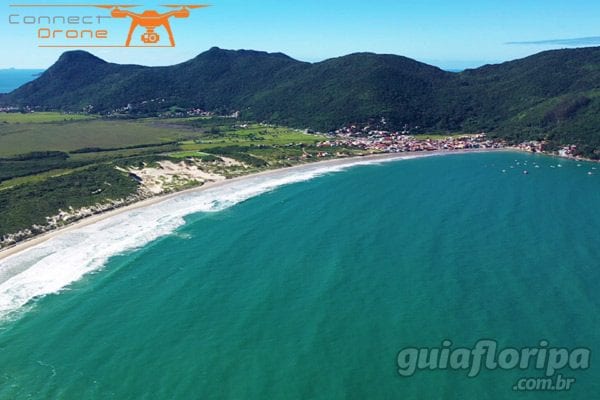
As soon as the dawn gives the air of its grace and the boats start to leave, bringing everything fresh, ready to be savored. That's why restaurants are always full of people. Due to its natural beauty, tranquility, good gastronomy and the presence of local culture, Pântano do Sul has entered the tourism circuit and has been specializing in tourist services.
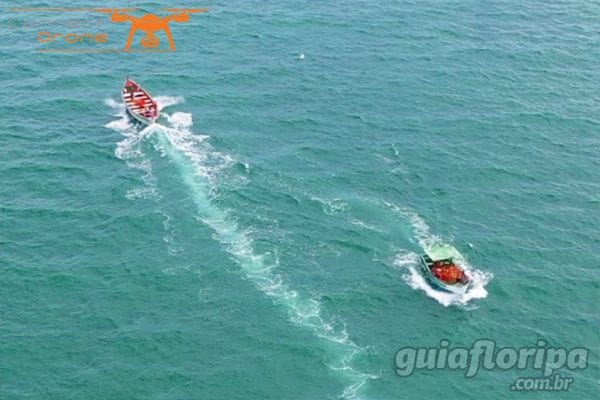
Men of the Sambaquis
It is also in the Pântano do Sul that the most distant archaeological records are found. There are sambaquis formed by ancient deposits of shells, kitchen remains and skeletons piled up by primitive tribes, the so-called 'Povos dos Sambaquis' or 'Homens dos Sambaquis', who inhabited the coast approximately 4500 years ago.
ADVERTISING
Natural Features of the Southern Swamp
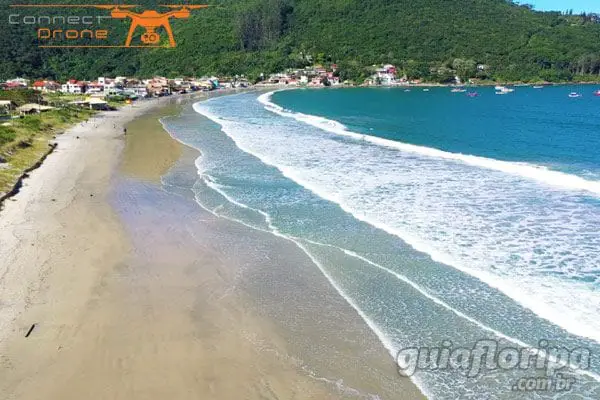
As it is a large beach, approximately 2,5 km long, with a strip of sand that varies from five to fifty meters in width, the shore has different characteristics at several points.
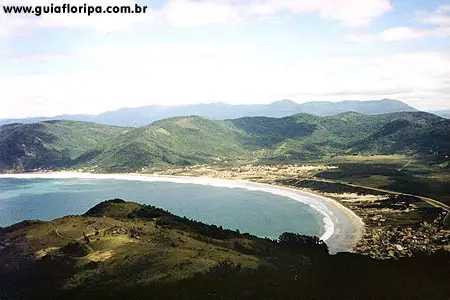
In the northeast part, Morro do Pântano, known as Morro do Cemetery, forms a cove that protects this part of the beach from the action of the winds. In this area, the sea is calm and gradually gains depth. The waves gently die along the beach. It is more recommended for those looking for a calm sea bath, with children or the elderly.
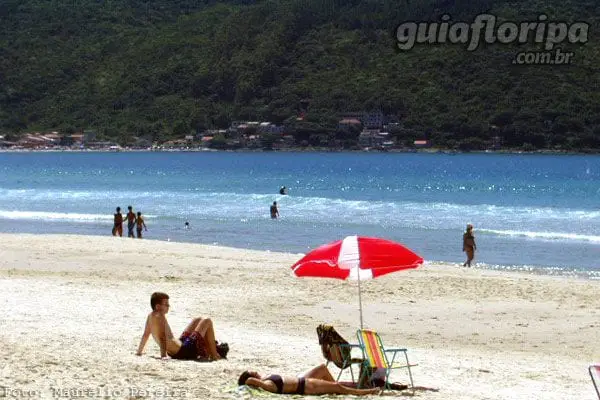
The southwest portion of the beach opens up to the ocean. The strong jet can fool unsuspecting bathers, as it makes the water more agitated and can form holes in the bottom, making the sand on the seabed uneven and more dangerous. On the other hand, the waters of this part of the beach make it suitable for the practice of surf.
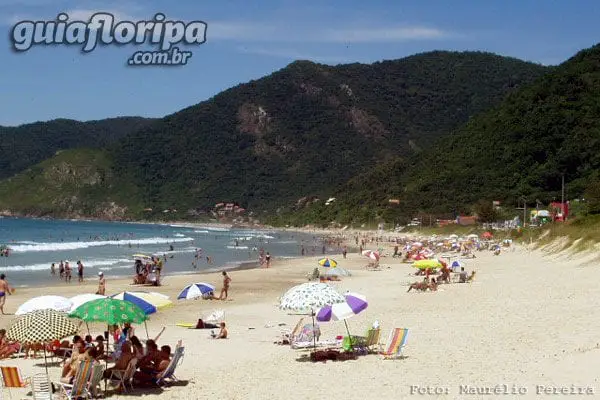
Although there is no physical barrier, this portion of the Pântano do Sul beach is called Azores beach on account of an urban allotment that was so named. The sea of the Azores is wilder than the sea of Pântano do Sul, this characteristic helps to differentiate the two beaches.
ADVERTISING
The intense fishing activity in the region causes the yellowish sand to turn gray at certain times of the year. This is due to the deposit of fish remains, after several tons are laid on the sand strip to be sent to the fishmongers.
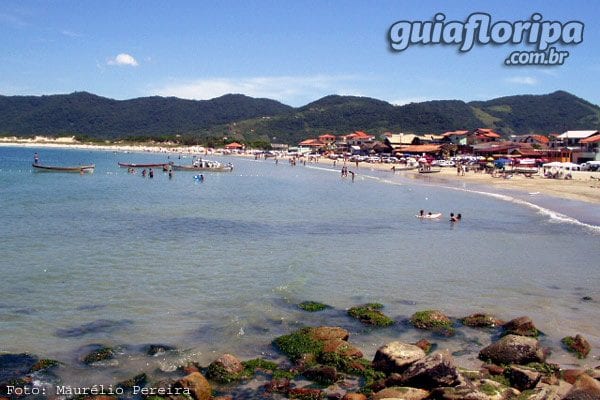
The physical limit to the northeast is Ponta do Marisco. The one that establishes the southwest limit, already on the beach of the Azores, is Ponta da Régua.
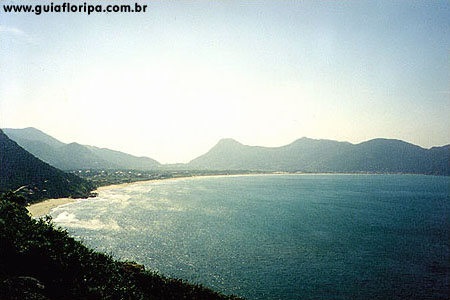
History of the South Swamp
Until the arrival of Azoreans to Santa Catarina Island, the Pântano do Sul region was inhabited by Carijós Indians. Before these, by the Itararé peoples, and even before these, by the Men of the Shellmounds. At the site, bones dating back more than six thousand years have already been found, in one of the most important archaeological sites in the state.
The Portuguese only became interested in colonizing the region in the mid-1760s. Until then, only Indians inhabited the place. The late arrival of the colonists was due to the infertility of the land, unsuitable for agriculture. They found, however, that fishing for fish, shrimp, squid and especially whales could be very profitable.
ADVERTISING
During the late XNUMXth, XNUMXth and early XNUMXth centuries, large installations such as the Lagoinha Whale Fishing Company and Armação Grande were dedicated to predatory fishing of marine mammals, for the use of meat, fat, oil and even fins and bones.
The decline of the whale cycle began in 1847, when animals became scarce in this region. The practice caused the whales to practically become extinct in the vicinity of the island. The last whaling vessel was closed in the 1970s. Little by little, predatory fishing gave way to tourist appreciation of whale watching. Today, it is already possible, in some months of the year, to observe these giant mammals.
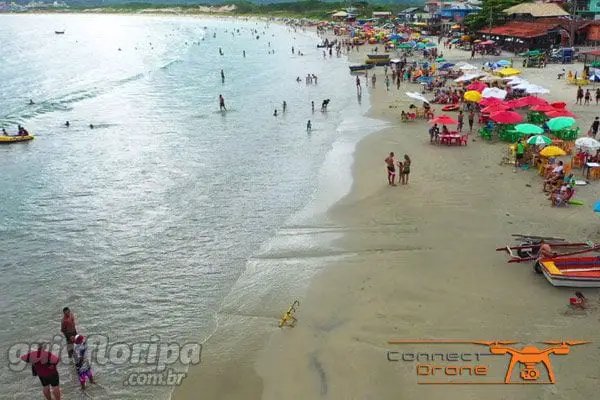
Since the beginning of its colonization, the Pântano do Sul was a region subordinated to the Parish of Nossa Senhora da Lapa do Ribeirao da Ilha. Only in 1960, the Pântano do Sul district was created. Until 1968, there was no electricity in the place and access was precarious, as it was only in 1983 that a good part of the road that connects this community to the Center of Florianópolis was paved.

ADIEX
DISCOVER MORE South Island beaches

- Lagoinha do Leste Beach
- Morro das Pedras beach
- Pantano do Sul beach
- Azores beach
- Armacao Beach
- Solitude Beach
- Campeche beach
- Saquinho Beach
- Matadeiro Beach
- Shipwrecked Beach
- Ribeirao da Ilha
- Taper
other regions
Looking for beaches in other regions of the island? See










